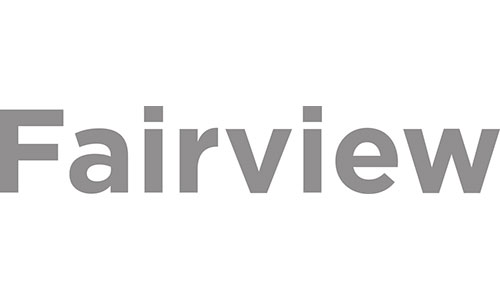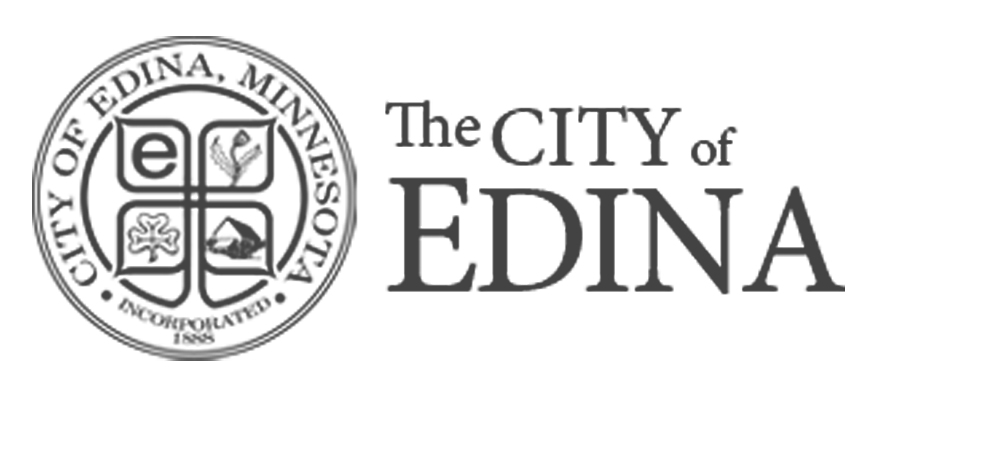Consider these questions: Is your school struggling to attract or retain students, faculty, and staff? Do you feel like your university’s website falls flat? Does it seem like you have no consistency across your social channels? Are you curious if those billboards, emails, and cold calls are actually working to attract students to attend your school?
If you answered “yes” to any of these, it might be time to make real change happen with your college or university’s marketing strategy—with inbound.
If you’re still totally lost, relax. We’ll help make sense of it all.
What is inbound?
If you’re here, chances are you’ve at least heard the term “inbound.” But, just in case you’re new to the marketing mumbo jumbo, it’s essentially the entire process of creating content to attract, engage,and delight a target audience to your organization in a human-centered way—or, in your case, attracting, engaging, and delighting students, faculty, and staff to attend your college or university.
Why should I be investing in inbound?
Because inbound marketing means creating quality and targeted content that matters, your ROI will depend on if you’re creating content that resonates with students, faculty, staff, or whoever else your target audience may be.
Let’s look at the inbound process by tackling a common problem of universities.
Let’s say there’s a dramatic decline of students attending your school.
Inbound asks you to:
1. STOP
2. Evaluate your current content strategy
Think about what your school is currently doing and what you’ve always done.
Maybe your marketing efforts look like this:
- Sending out mailers
- Gathering email lists and sending them off every week to potential students
- Cold-calling
- Airing radio ads
- Outdoor board displays
- Using social media and online ads to reach out through Instagram, Facebook, and Twitter
Now think about who you’re sending the information to:
- Targeting juniors and seniors from high schools across the Midwest who recently took the SAT or ACT
Now it’s time to ask yourself, what’s the why? Why are you reaching out to them in the first place?
- Let’s say your SMART goal is to see a 5% increase in students apply to a certain program at your school for fall semester
We understand this is a water downed example of what might go into a traditional marketing strategy, but hear us out. You’ve assessed what you’re doing and what you’ve always done, now it’s time to consider what you aren’t doing.
Let’s look at inbound
Thanks to the internet, students are conducting most of their college research online and on their own time. What’s more, students are no longer wasting time looking for schools—they’re waiting on schools to find them, on the platforms they use most.
So, if you haven’t already, stop the presses before you send out one more mailer and take a good look at exactly what content you’re making and where you’re distributing it.
What does most of this inbound content look like, you ask? Check it out:
- Online newsletters
- Social media posts (beyond the paid ads)
- Blogs
- Videos
- Surveys
- EBooks
- Memes
- Guides
Now, we’re not saying that a good old personalized mailer, or striking outdoor board isn’t the way to go with your selling strategy—chances are, your outbound methods may be working very well for your school. But when combined with inbound, they could be working even better. Technology has changed how students pick and choose their schools, and a good inbound marketer knows to meet their target audience where they’re at.
This is where it’s up to you to understand exactly who your target audience is, where they are finding your content, and why they are engaging, or rather lacking engagement.
What’s next on my inbound journey?
So, now you’ve learned a bit about why inbound is going to be a game changer for your university or college. Keep checking back for future posts for tips to help enhance your school’s marketing strategy.
{{cta(‘9eb832b9-2eb1-43a3-9032-344976a63eb7’)}}



